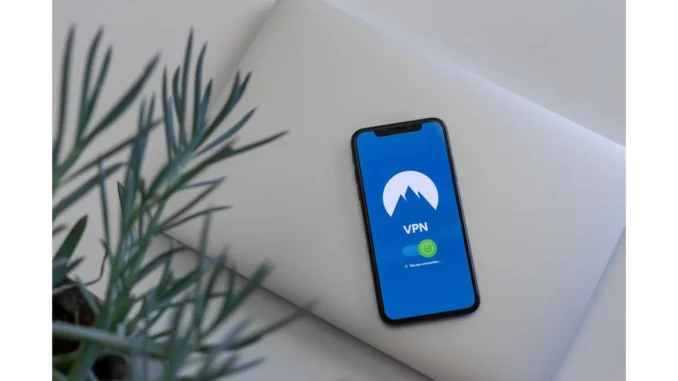
Summary
Synology NAS Security: Safeguarding Your Data in a Growing Cyber Threat Environment
For users of Synology NAS, the autonomy, privacy, and data control it offers are unmatched. However, with these benefits comes the significant responsibility of securing the system against potential cyber threats. This article provides a comprehensive guide on enhancing the security of your Synology NAS, ensuring your data remains protected from unauthorised access and cyber attacks.
Main Article
Understanding the Cyber Threat Landscape
With the increasing sophistication of cyber threats, it is essential to be aware of the types of risks that could jeopardise your Synology NAS. These risks primarily include brute force attacks, where hackers attempt to guess your login credentials, and exploits that target vulnerabilities within the system. By understanding these threats, you can better fortify your defences.
Updating and Patching: A Fundamental Practice
Regular updates to the NAS firmware and applications are crucial. Synology NAS often releases updates that patch vulnerabilities that could be exploited by attackers. It is advisable to enable automatic updates or set a manual schedule to check for updates, ensuring continuous protection.
Strengthening User Account Management
Effective management of user accounts is critical for the security of your NAS. Disabling the default admin account is a prudent measure to prevent exploitation of this known entry point by attackers. Create a new admin account with a unique username and a strong password. Limit the number of accounts with administrative privileges and use standard accounts for everyday data access.
Implementing Robust Password Policies
A robust password policy is essential. Encourage users to create complex passwords that are at least 12 characters long, incorporating a mix of uppercase and lowercase letters, numbers, and symbols. Regularly update these passwords and avoid using the same password across multiple accounts to enhance security.
Two-Factor Authentication: An Added Layer of Security
Utilising two-factor authentication (2FA) provides an additional layer of protection. Synology’s DSM 7 supports 2FA, which can be enabled for admin accounts, ensuring that even if a password is compromised, unauthorised access is still thwarted.
Network Security: Ensuring Secure Connections
Secure all connections to your NAS using HTTPS. Obtaining an SSL certificate will encrypt data transfers, safeguarding sensitive information from interception. Redirecting all HTTP connections to HTTPS will enforce secure communication protocols.
Firewall Configuration: Controlling Access
A well-configured firewall is a cornerstone of NAS security. Configure your Synology NAS firewall to block all incoming connections by default, then selectively open ports for necessary services. Regularly review and update firewall rules to adapt to evolving security needs.
Service Management: Disabling Unnecessary Features
Review the services and features enabled on your NAS and disable those that are not in use. Each service could represent a potential vulnerability, so minimising active services reduces your risk exposure.
Physical Security: Monitoring with Surveillance Station
Utilise Synology’s Surveillance Station to monitor physical access to your NAS. Set up security cameras to oversee your device, particularly if it is located in a shared or unsecured area.
Security Advisor: Ongoing Risk Assessment
The Security Advisor tool in Synology DSM scans your NAS for potential security risks and provides recommendations for improvement. Regularly running Security Advisor ensures your settings adhere to best practices.
Backup and Recovery: Snapshot Strategies
Implement a robust backup strategy to protect your data from loss or corruption. Synology’s Snapshot Replication feature allows you to create point-in-time copies of your data, enabling swift recovery in the event of accidental deletion or ransomware attacks.
Detailed Analysis
The importance of securing a Synology NAS cannot be overstated, especially in the current digital climate where cyber threats are becoming increasingly sophisticated. According to a recent study by Cybersecurity Ventures, the global cost of cybercrime is expected to reach $10.5 trillion annually by 2025, a stark reminder of the potential risks. By implementing comprehensive security measures, users can mitigate these risks and protect their valuable data assets.
The decision to disable the default admin account and create a new one with a strong password, for instance, aligns with industry best practices for reducing the attack surface. Furthermore, the integration of two-factor authentication represents a growing trend in cybersecurity, with Gartner predicting that 60% of large enterprises will require multifactor authentication for their workforce by 2024.
The proactive use of tools like the Security Advisor highlights a shift towards continuous monitoring and risk assessment, helping users to address vulnerabilities promptly. As cyber threats evolve, so too must the strategies employed to counter them, underscoring the need for regular updates and the adoption of new security technologies.
Further Development
As cyber threats continue to evolve, Synology is committed to enhancing its security features to stay ahead of potential risks. Future updates may include advanced threat detection capabilities and more intuitive user interfaces for security management. Cybersecurity experts anticipate that emerging technologies, such as artificial intelligence and machine learning, will play a significant role in identifying and mitigating threats in real time.
Readers are encouraged to stay informed about the latest developments in Synology NAS security by following our ongoing coverage. In-depth analyses and expert interviews will provide insights into how these advancements can be leveraged to maintain robust protection in an ever-changing digital landscape.

